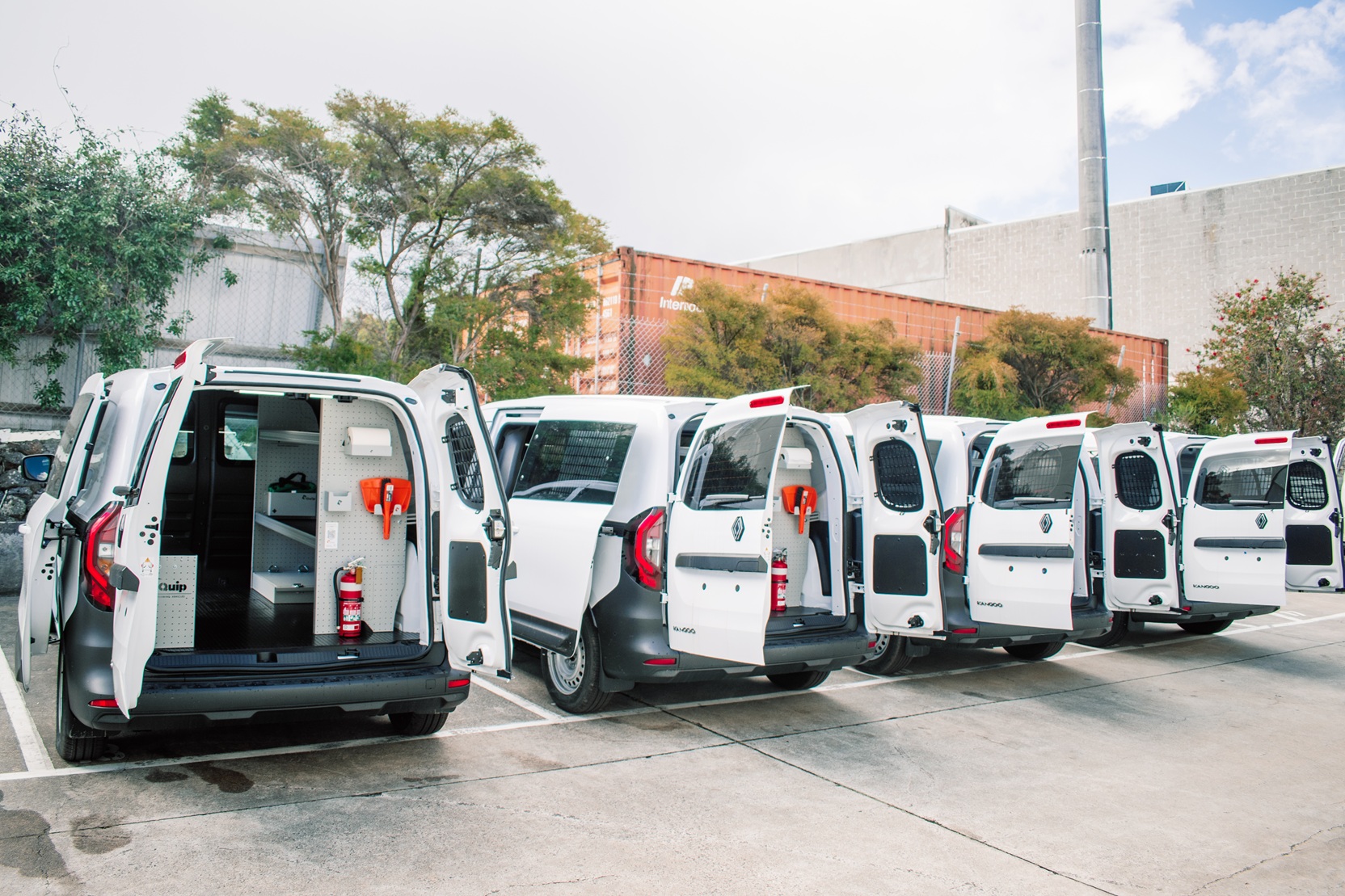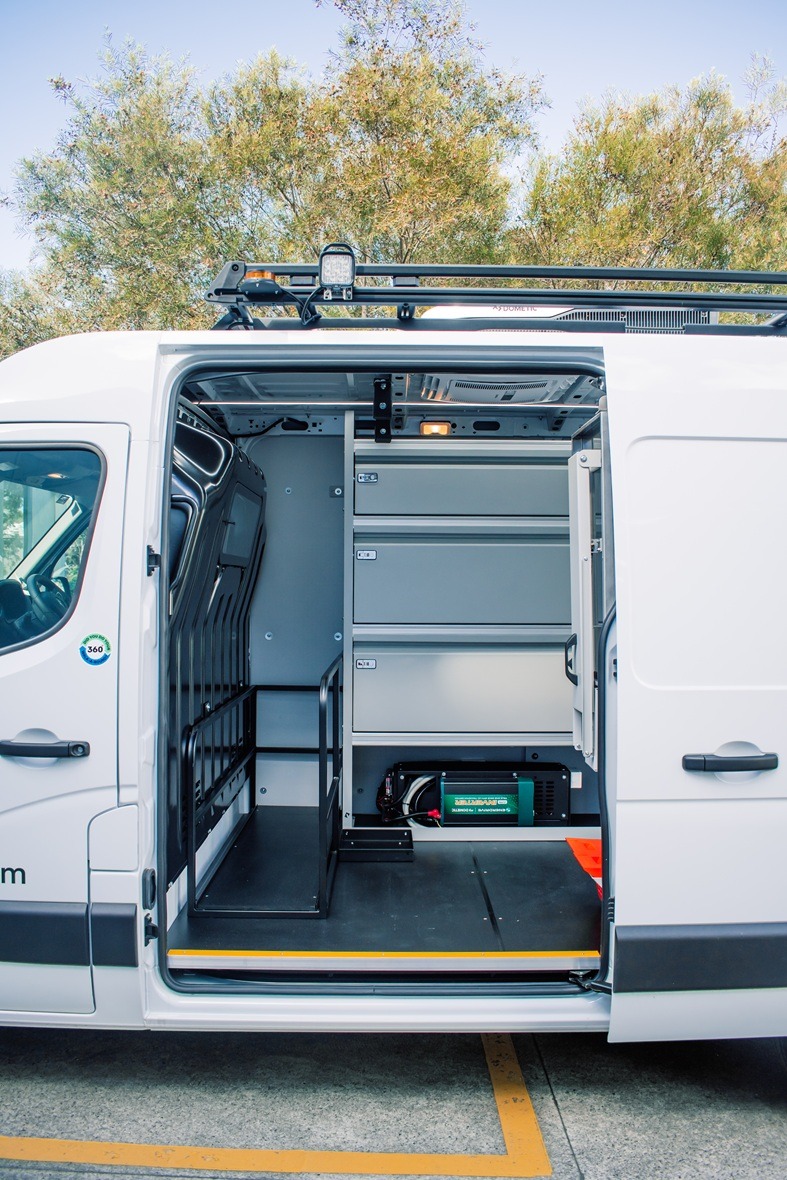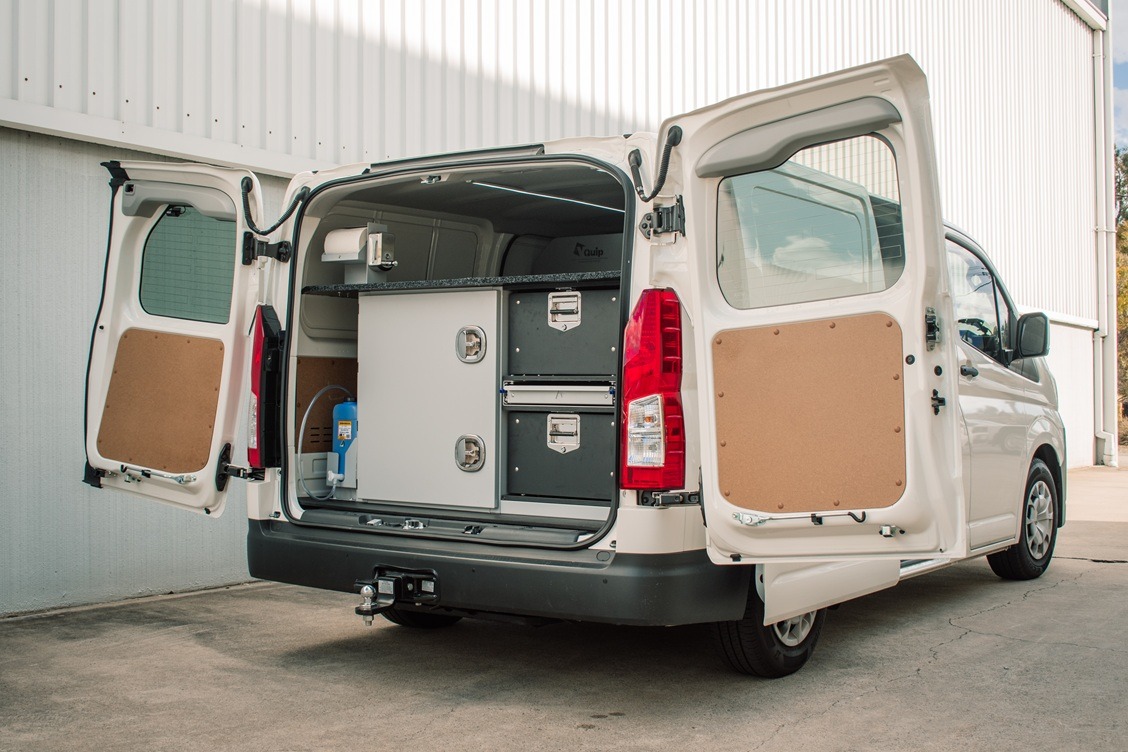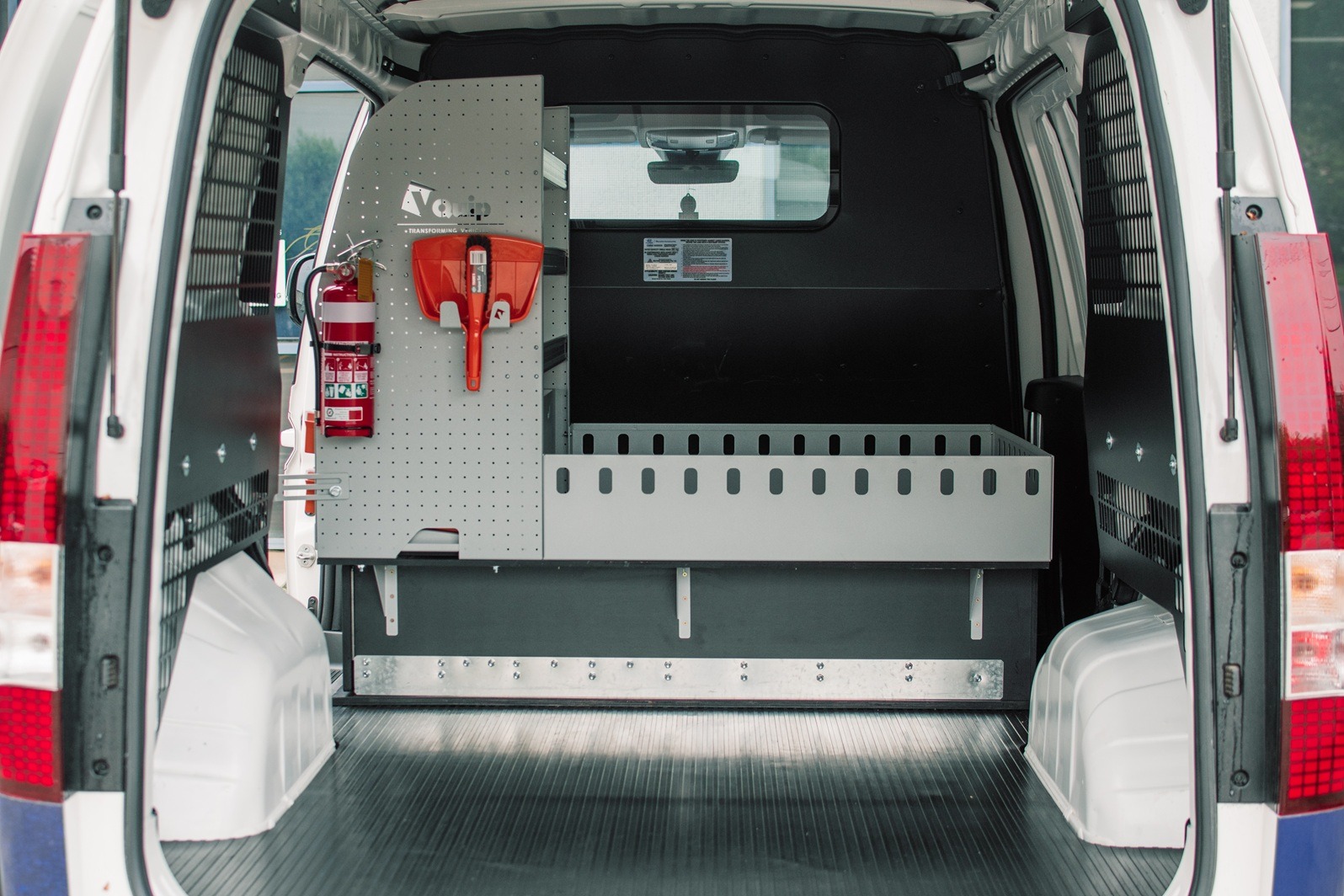
Vehicle weights: A guide for fleet managers
May 27, 2024
The subject of vehicle weights can seem like a confusing minefield of terms and other information that you may feel is best left in the too hard basket! The good news is, however, that when you get down to the nitty gritty, it’s all quite straightforward. Vehicles obviously vary considerably in size and application, with often vastly different capacities — so if you’re going to be towing or carrying a load, it’s super important to understand the what’s and why’s of vehicle weights and what the terms all mean. Let’s take a closer look…
First up when we talk about vehicle weights and any of the associated terms, what we’re really focusing on is the load that your vehicle is designed to safely and efficiently carry or tow (as specified by the manufacturer). Your owner’s manual is a vital piece of the puzzle, so keep it handy to refer to whenever needed!
Finding out the weight of your vehicle and loads can be easily determined by finding a public weighbridge in the area (which you can use for a fee). There’s an Australian Government website (amongst other online directories) where these are listed, so this could be a good place to start in looking for one near you.
Like the vehicles they’re weighing, weighbridges also vary considerably in size and design, with some being manned with certain operating hours, while others are self-serve and accessible 24 hours a day.
Getting started, is it Weight or Mass?
Vehicle weights are usually measured in terms of mass or weight and shown in either kilograms or tons. These terms are often used interchangeably when it comes to this topic.
Tare Mass/Weight
This refers to the weight of a standard vehicle with only 10 litres of fuel in its tank (in addition to other fluids such as oils and coolants).
Kerb Mass/Weight
Similar to the Tare, the Kerb weight is the weight of the vehicle without roof racks, tow bars, additional internal fitouts, or other accessories, but with the vital difference being that it has a full tank of fuel.
Gross Vehicle Mass (GVM) or Gross Vehicle Weight (GVW)
This is the maximum the vehicle can weigh when fully loaded as specified by the manufacturer. So this equates to the Kerb Mass plus your Payload. The GVM (or GCM) can usually be found on the placard on the inside of the driver’s door as well as in the vehicle owner’s manual. If you are towing a load, GVM includes the Tow Ball Download.
Payload
The payload is the maximum load your vehicle can carry as specified by the manufacturer (this can also be found in the owner’s manual). Your payload can be absolutely anything such as a complete internal fitout, a load of bricks, animals, logs or other things you put inside or on the vehicle (this includes all of the passengers and luggage)! To work out the payload out for your vehicle, a bit of basic maths is needed…deduct your vehicle’s Kerb Mass from the Gross Vehicle Mass (including passenger weights), which will show you the remaining weight you have spare for your load.
Gross Combination Mass (GCM) and Gross Combination Weight (GCW)
The Gross Combination Mass (GCM) or Gross Combination Weight (GCW) refers to the combined (total) mass of a vehicle and trailer and their loads hitched together (including passengers and all accessories) – so it’s the Kerb mass plus Payload and it’s the maximum your vehicle can weigh when fully loaded as specified by the manufacturer. The Gross Vehicle Mass and Aggregate Trailer Mass (ATM) are very important in together determining the Gross Combination Mass (so check out details about the ATM which we also detail below).
Gross Vehicle Axle Mass or Weight
It stands to reason that ensuring your load is appropriately distributed is something else that’s significant for both safety and the vehicle’s optimal operation. The Gross Vehicle Axle Mass or Weight is the maximum load that a certain vehicle’s front and rear axles can carry. The combined gross axle weights usually exceed the GVM, to provide a safety margin. Once again this is specified by the manufacturer and as set out in the owner’s manual.
Aggregate Trailer Mass (ATM)
This is the Gross Trailer Mass (GTM) plus the Tow Ball Download – meaning it is the maximum towing weight of a caravan, trailer, boat (or whatever else you may be towing!) as specified by the manufacturer.
Tow Ball Download
While towbars can sometimes be a bit of an afterthought, it is vital to ensure that you choose a tow bar suited to your specific vehicle and towing requirements and one that’s up to the job!
The Tow Ball Download is the term that specifies maximum tow bar towing capacity (kg) and maximum tow bar download (kg). As a guide, the TBD should also be around 10-15% of the Gross Trailer Mass (GTM). This can also be calculated as follows:
Tow Ball Download ÷ Gross Trailer Mass x 100 = % of GTM.
Vehicle weights are an important factor to consider when designing a vehicle fitout. The team of fitout technicians at VQuip can guide you through your fitout selection to ensure your final fitout meets regulatory and vehicle manufacturers’ requirements.





